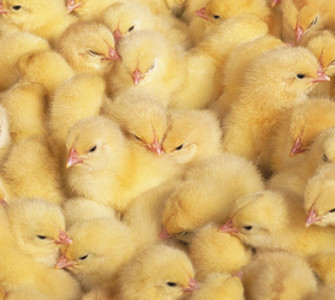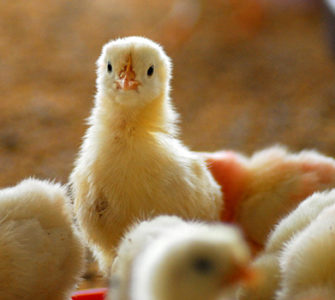Marek’s study could lead to new management strategies in poultry
New research has given scientists a greater understanding of the Marek’s disease virus (MDV) that could lead to new strategies for managing the widespread, immunosuppressive disease in poultry.
MDV is known to cause immunosuppression in poultry flocks and makes them susceptible to other infectious diseases. Viruses that evolve to escape the immune system have advantages over the host because they can remain undetected in the body where they can replicate and cause clinical disease.
Understanding how and why this happens is an important part of disease prevention, say researchers at The Pirbright Institute in the UK, which led the study and published its findings in Frontiers in Immunology. Investigators explained that the host develops strategies to suppress antiviral immunity to limit T-cell-mediated immunopathology.
Targeted T cells
MDV targets cells known as CD4+ T cells or T helper cells, which are crucial parts of the adaptive immune response that help fight infection. They also are vital in creating cells that will remember a novel virus if it infects the host again, the researchers noted.
MDV changes CD4+ cells, resulting in immunosuppression, but that mechanism is not yet known. Many cells and pathways are involved in immune responses, but the focus in this research was the COX-2/PGE2 pathway, which creates prostaglandin E2 (PGE2) — known to inhibit the activity of T cells during an immune response. COX-2 is involved in the creation of PGE2.
The Pirbright researchers hypothesized that inhibiting the COX-2/PGE2 pathway could reduce the production of PGE2 and reverse the immunosuppression caused by MDV.
Reverse the effect
The Pirbright study results demonstrate that MDV activates the COX-2/PGE2 pathway in laboratory studies to investigate host-virus interactions in chickens. The findings also suggest that activation of this pathway results in reduced T-cell numbers 21 days after virus infection.
However, the researchers were able to reverse this effect with meloxicam, a nontoxic COX-2 inhibitor used in clinical research in birds. Meloxicam is classified as a non-steroidal anti-inflammatory drug used to treat pain and inflammation; it is not labeled for use in poultry in the US.
With COX-2 inhibited, PGE2 production was reduced, which prevented suppression of the immune response, the researchers said. This research revealed that the COX-2/PGE2 pathway is important in Marek’s disease and suggests that COX-2-inhibitor drugs could serve as potential treatments.
Model for new treatment strategies
The research also demonstrated that disease-causing strains of MDV activated the COX-2/PGE2 pathway but that the viral strain used in vaccine production, known as Rispens-CVI988, did not.
“Understanding the role of MDV-induced COX-2/PGE2 activation in the modulation of immune responses against viral infection may lead to the development of novel vaccine strategies,” said Shahriar Behboudi, DVM, PhD, head of the Pirbright Avian Immunology Group.
“It may also be possible that MDV infection could be used as a model for the development of new treatment strategies by targeting the COX-2/PGE2 pathway to control viral replication and virus-induced immunosuppression.”
Posted on July 6, 2022

















